There's been great debate about the role of shieldmaidens in Viking culture — namely, whether they existed in the first place.
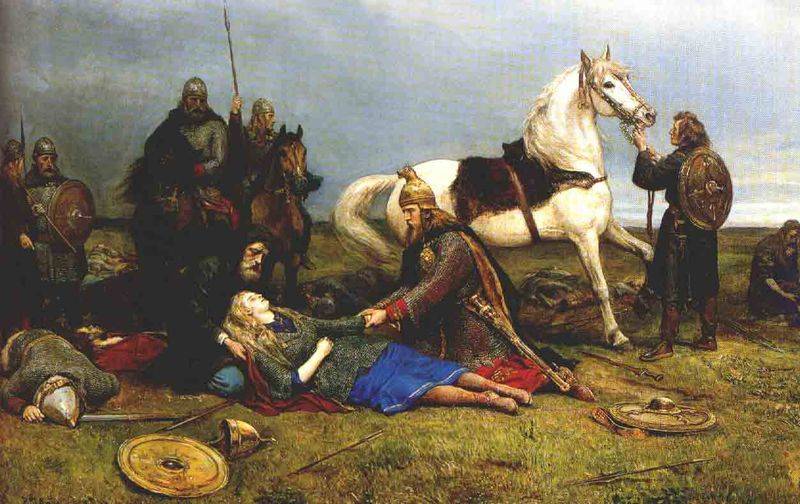
Wikimedia CommonsA depiction of the death of a shieldmaiden.
The word “Viking” usually conjures up images of burly, bearded, blond men wielding double-handed axes. In a culture so closely associated with violence and bloodshed (the Viking version of heaven is an endless battle where the slaughtered are pieced back together to feast before doing it all again the next day), it is no surprise that even the women — or shieldmaidens — have come down through history as fierce warriors.
Hervor, The Viking Shieldmaiden Of Legend
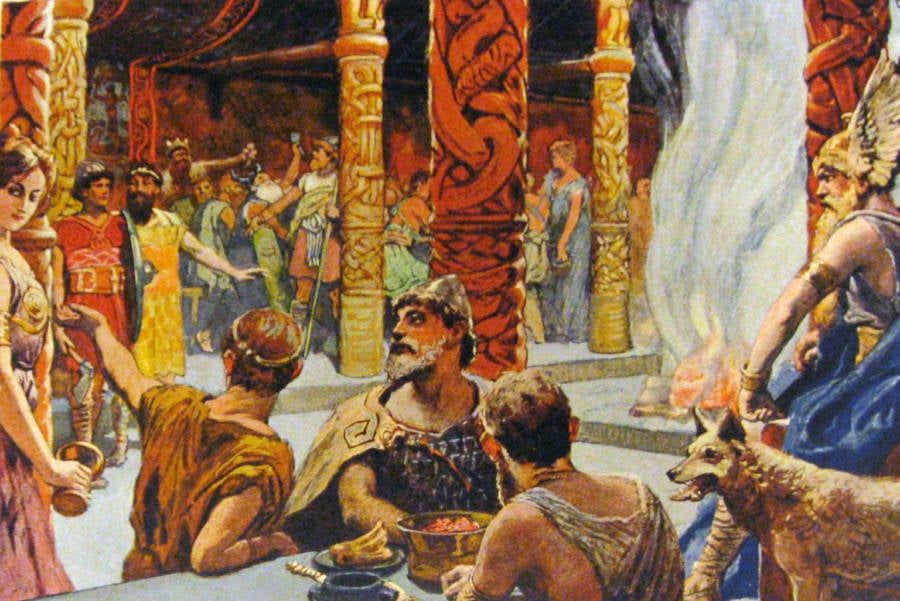
Emil Doepler/Wikimedia CommonsEmil Doepler’s 1905 depiction of Valhalla.
In his Danish History, the medieval scholar Saxo Grammaticus describes Viking women who “dressed themselves to look like men, and devoted almost every instant of their lives to the pursuit of war.”
These vicious shieldmaidens “offered war rather than kisses” and “assailed men with their spears whom they could have melted with their looks.”
Other Viking sagas describe women warriors such as Hervor, who led her own fleet and did battle with the dead in pursuit of a magic sword (and, incidentally, served as the inspiration for Tolkein’s famous shieldmaiden Eowyn in The Lord of the Rings).
The shieldmaiden Hervor came from a long and impressive line of male warriors and berserkers — but she never knew any of them, because her father died in battle before she was born.
What she did know was that she wasn’t interested in any of the usual activities considered suitable for young women; instead, she learned archery, swordsmanship, and horseback riding.
The Quest For Tyrfing, Viking Sword Of Legend
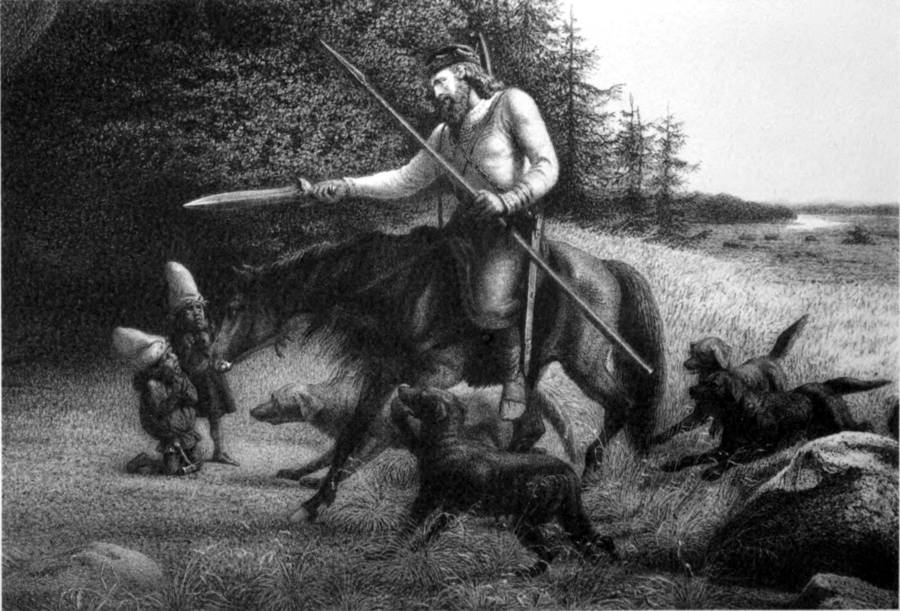
Viktor Rydberg/Wikimedia CommonsLorenz Frølich’s 1906 depiction of King Svafrlame securing the sword Tyrfing from its Dwarvish creators.
When Hervor had beaten every boy in her village, she set out on her own adventures, spurred in part by the revelation of her father’s identity. She now knew she was the daughter of Angantyr, the famous berserker who had wielded Tyrfing, the cursed sword of legend.
Hervor wanted that sword. She felt it was her birthright. So the shieldmaiden put together a crew and set sail for the Danish island of Samsø, where her father and his brothers had been slain and buried.
Legend had it that her father took Tyrfing to his grave; it had been decided on his death that the weapon was too dangerous for the world.
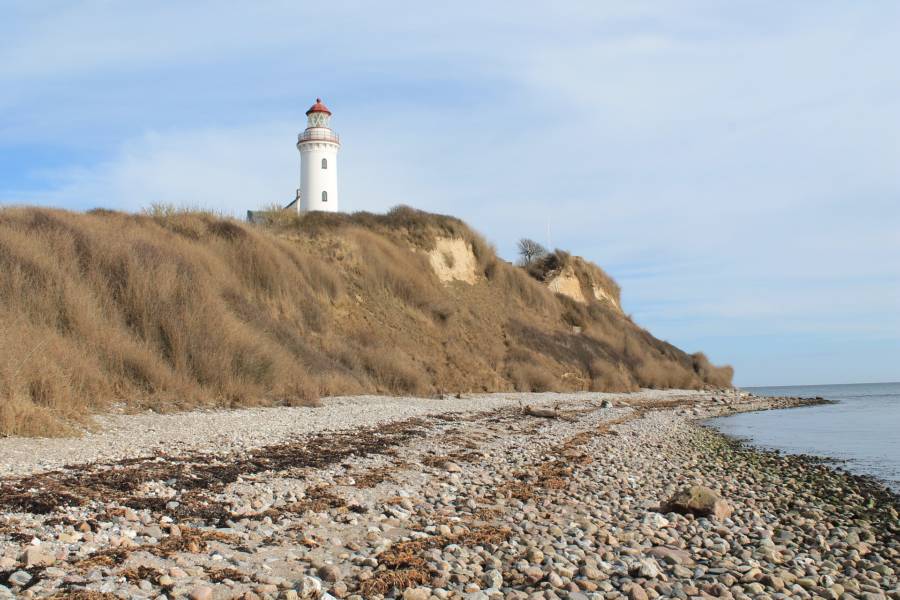
PixabayThe Danish island of Samsø today.
But that didn’t stop Hervor. Though the rest of her crew refused to disembark when they saw the island’s ghostly fires, the brave shieldmaiden hopped ashore and shouted at her father’s grave until his ghost appeared.
He warned her not to take the sword, saying it spelled ruin for all who wielded it.
He wasn’t wrong — though the smallest cut from the blade was enough to kill an enemy, Tyrfing also posed a serious danger to its bearer. Any time the sword was drawn from its sheath, someone had to die — and if the bearer wasn’t willing to make that happen, the sword would drive its handler mad until bloodshed ensued.
Hervor said she was up to the challenge and wouldn’t leave until her father relented. In the end, she walked away with the sword and wielded it with no problems for the rest of her days.
The issues came when she passed Tyrfing on to her sons — proving that all the sword needed was a stern shieldmaiden at the helm.
Viking Shieldmaidens: Historical Fact Or Fiction?
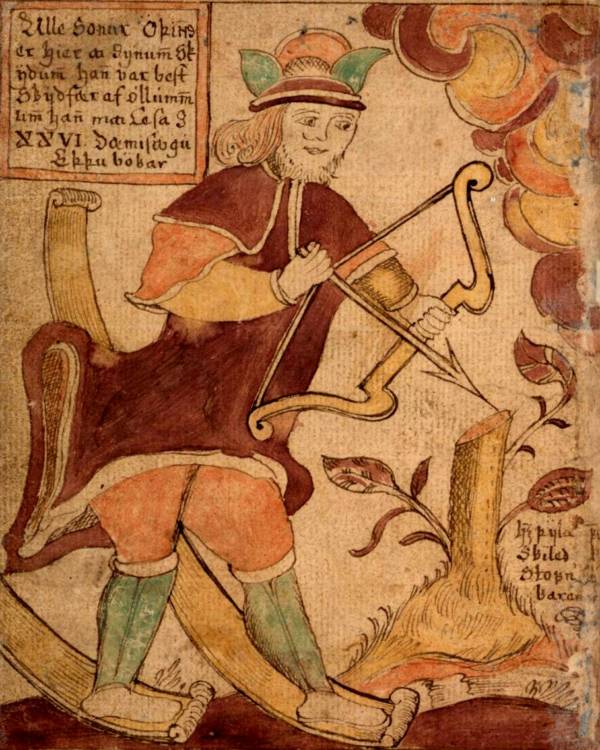
Wikimedia CommonsAn illustration from an 18th-century Icelandic manuscript that describes legends of women warriors.
The legends of Viking shieldmaidens like Hervor were passed down through the centuries and became so cemented in popular imagination that most people don’t realize the existence of these female warriors has actually been heavily debated among historians.
Part of the problem is a lack of contemporary written evidence: although the Vikings did have their own runic writing system, most of the written information we have about their society comes from English, French, and Arab sources.
Saxo’s Danish History was intended to glorify Denmark rather than act as a factual historic account, and there are exceedingly few other reliable written accounts that describe these legendary women warriors.
Recently, however, one of the best known Viking burials has offered some surprising proof showing that these ferocious females did actually fight in the armies of the Northmen.
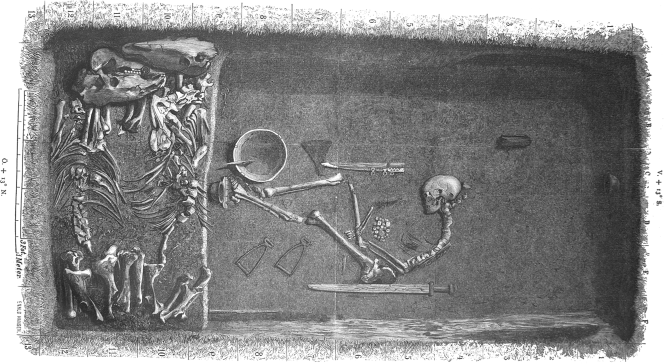
Wikimedia CommonsThe Viking warrior’s grave discovered in Birka
The grave was first discovered in the late 1800s by Hjalmar Stolpe. Dating from the 10th century and located in the town of Birka (an important Viking trading center), the tomb quickly gained renown as one of the most elaborate Vikings tombs ever unearthed.
The dead hero had been buried with items indicating he had achieved elite status during life. These items included shields, an axe, armor-piercing arrows, and two horses. This particular grave also included a full game-board complete with pieces, suggesting the deceased was no mere soldier, but a leader familiar with military tactics and strategies.
A Warrior’s Bones Offer New Evidence In Support Of Shieldmaiden Lore
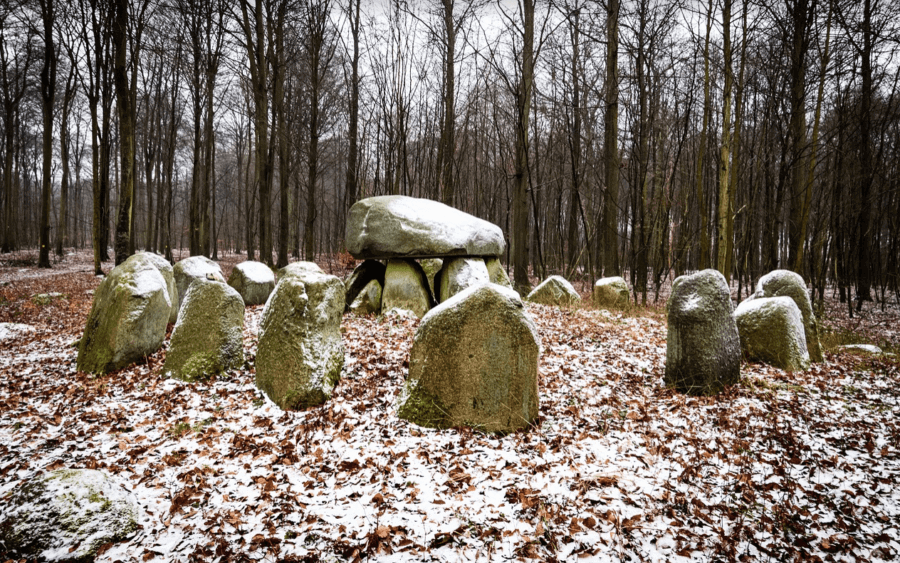
Max PixelAn old Viking gravesite offers surprising new answers.
In the excitement surrounding the discovery of this unique trove of artifacts, the grave’s occupant was somewhat overlooked. Due to the aforementioned lack of historic evidence, it was simply assumed that the warrior buried with such honors was a man.
However, over a century after its discovery, a strange twist of fate would bring this famous Viking grave back into the limelight.
Osteologist Anna Kjellström happened to be studying the remains from this particular burial as part of a separate project. During her research, she noticed that the skeleton’s cheek and hipbones looked more feminine than masculine.
Following up on her hunch, a DNA sample was extracted from the body and sent to the University of Stockholm for analysis. The results confirmed what centuries of legend have always claimed: this high-ranking Viking warrior was, in fact, a woman—a shieldmaiden.
So does that mean that Saxo’s shieldmaidens who “thought of death and not of dalliance” were raiding and pillaging right alongside their men?
The study warns against making sweeping generalizations about female fighters in Viking society, although it affirms that the individual buried in the Birka grave certainly enjoyed an exalted warrior status, regardless of her gender.
Next, after learning about the shieldmaidens of Viking culture, read about the 1,200-year-old Viking sword found on a Norwegian mountain. Then learn about the Onna-Bugeisha — Japan’s badass female samurai.





